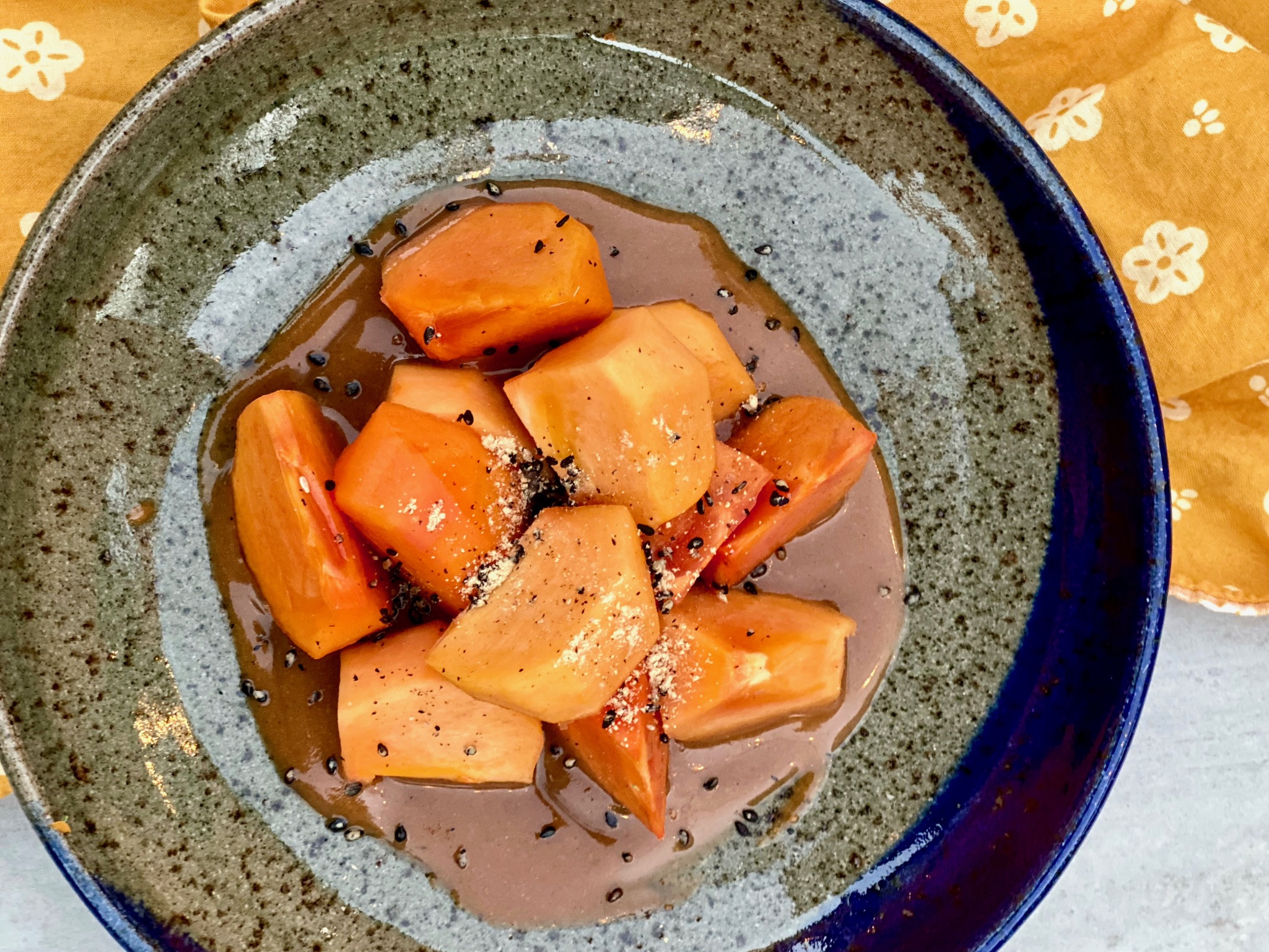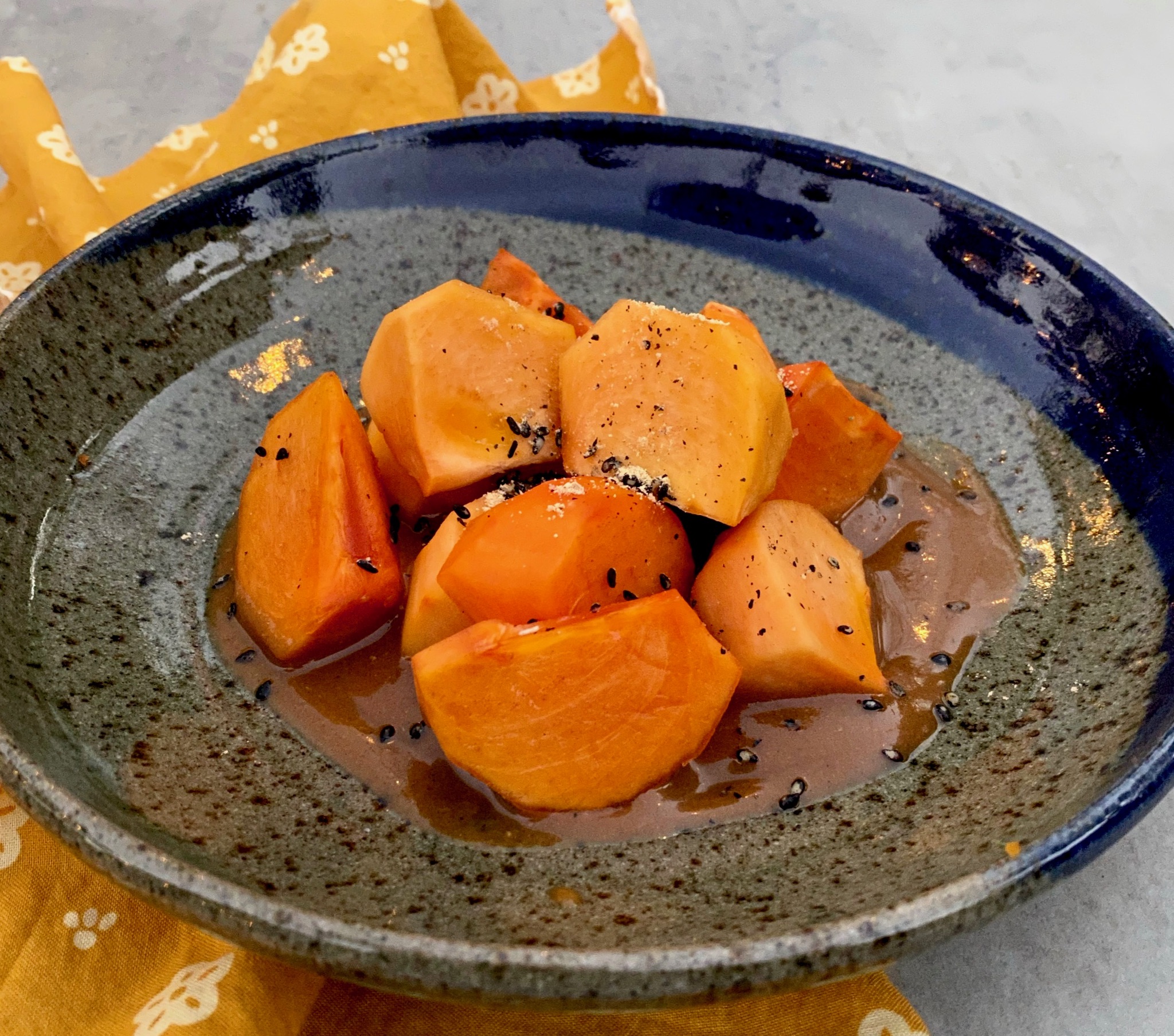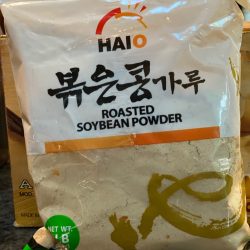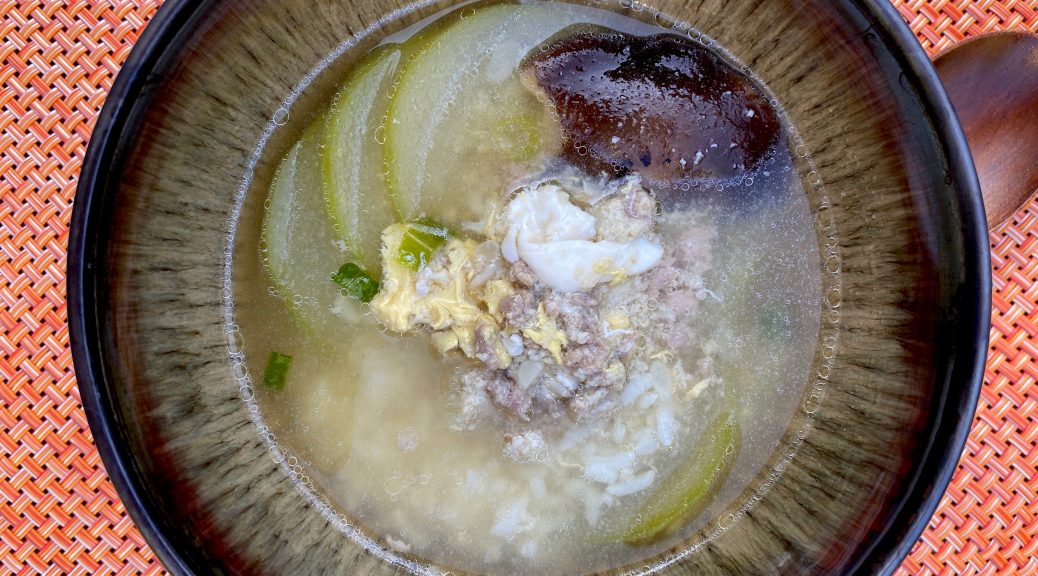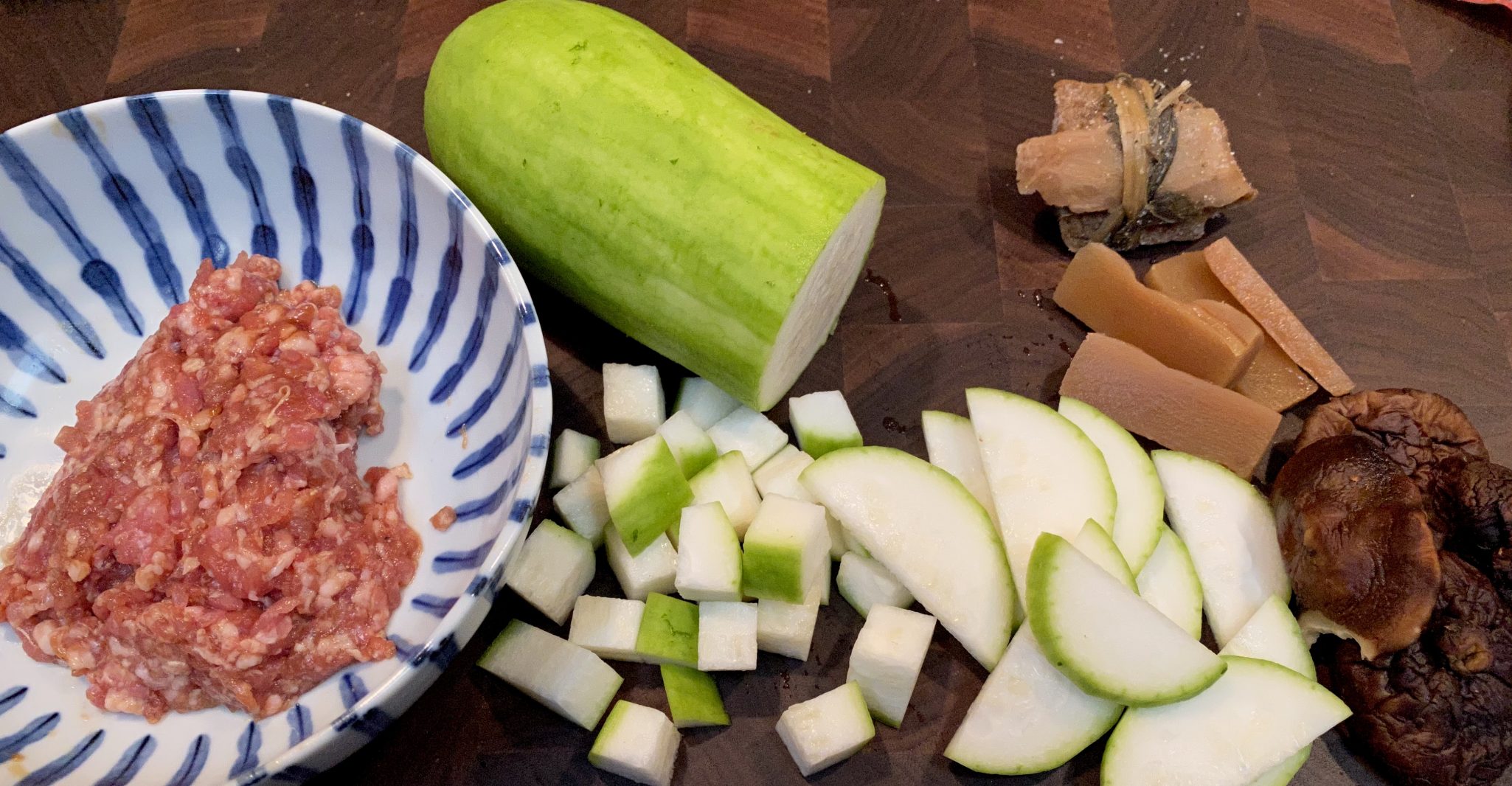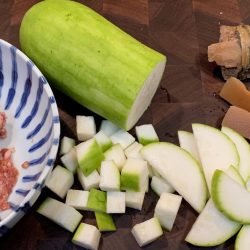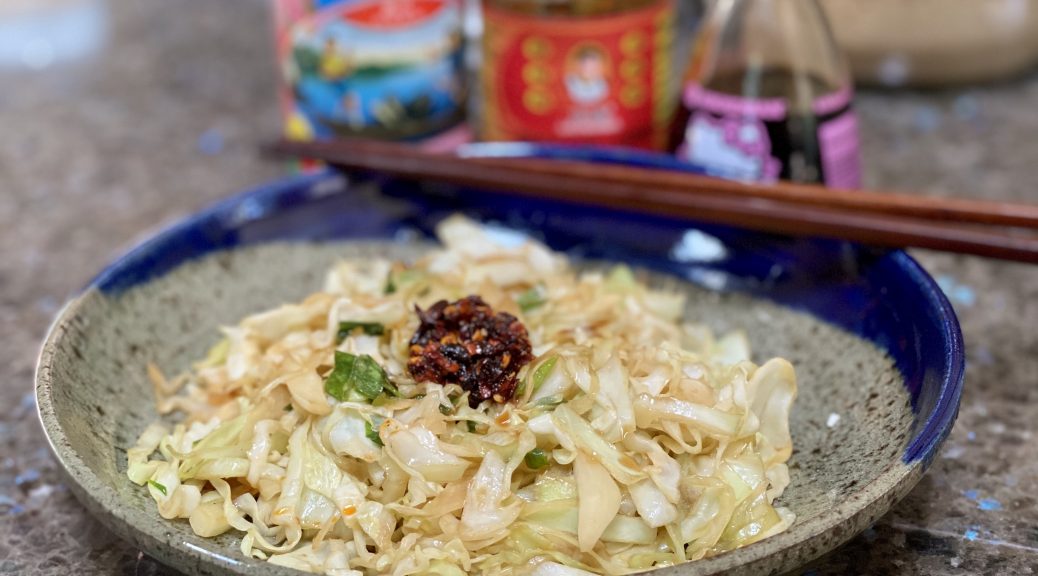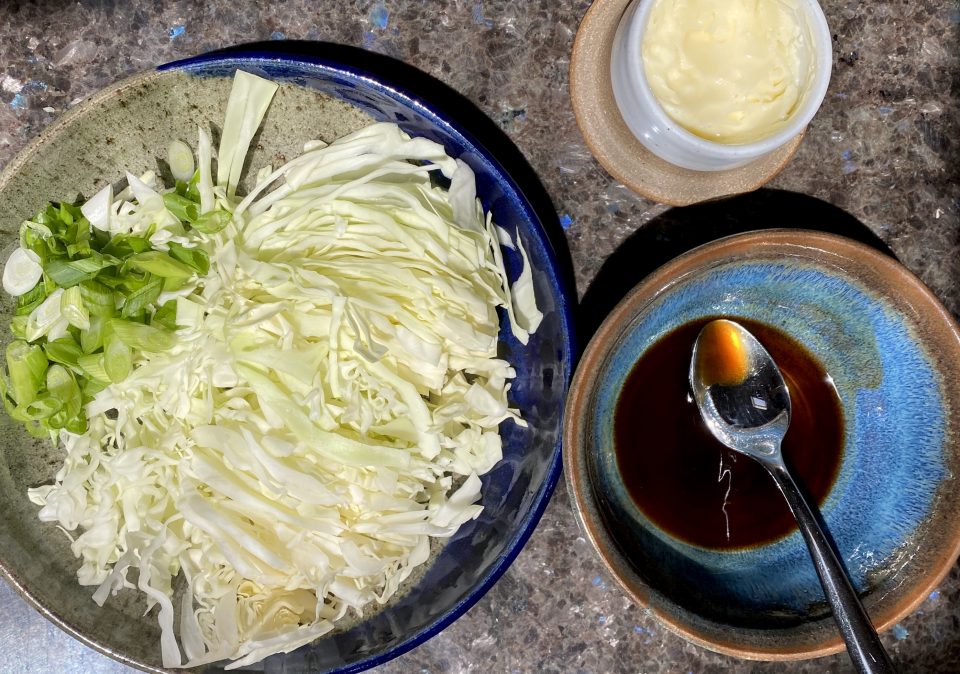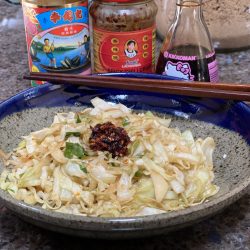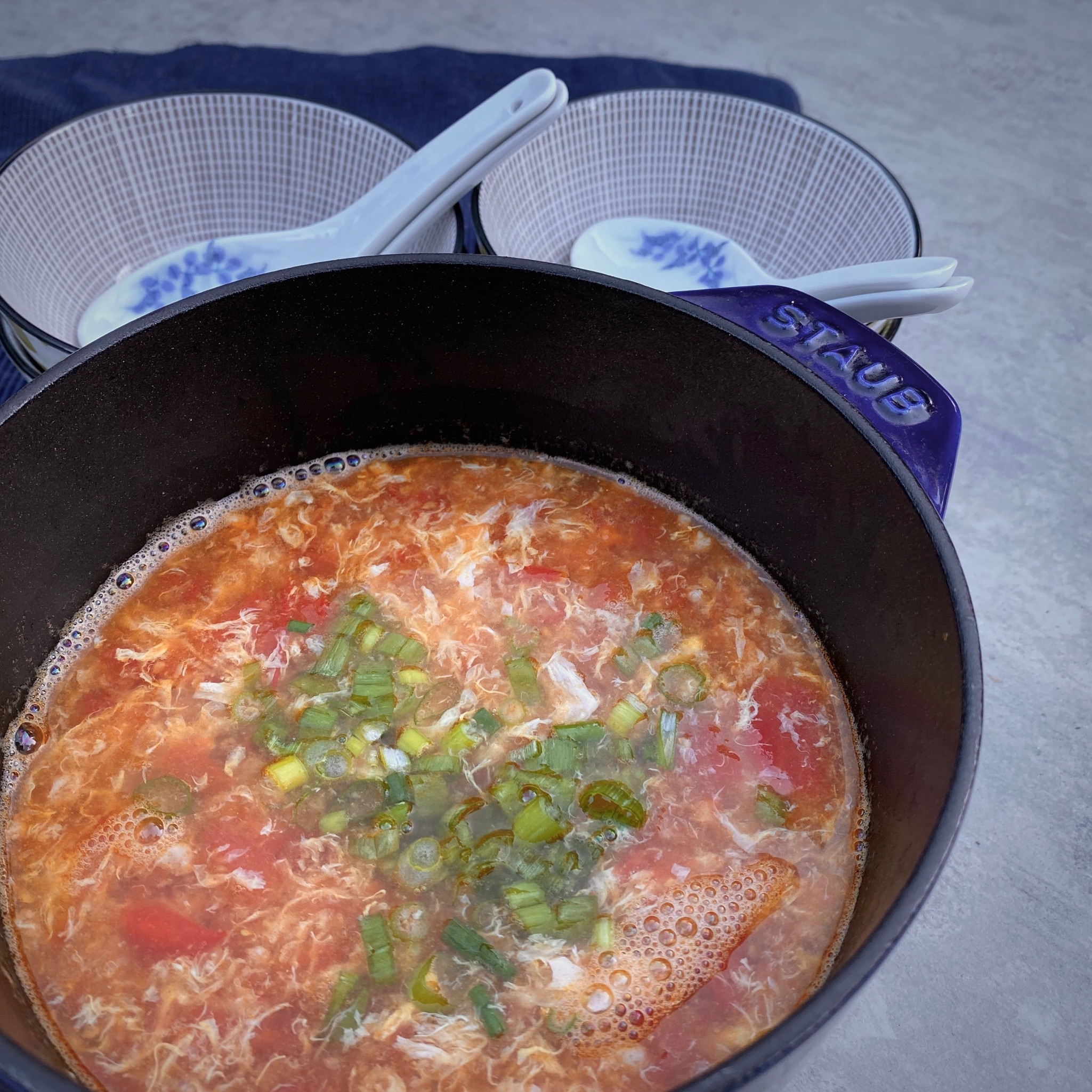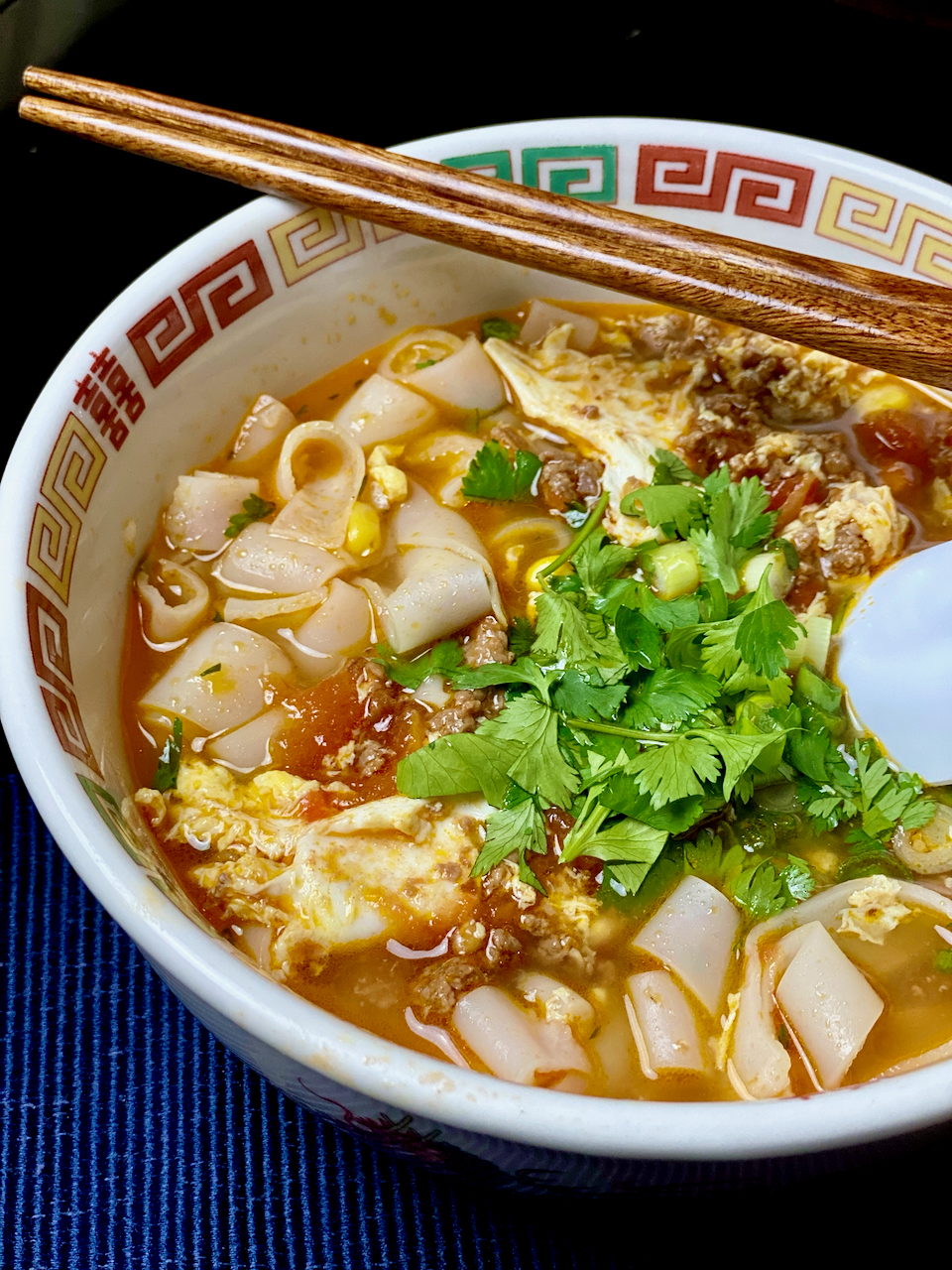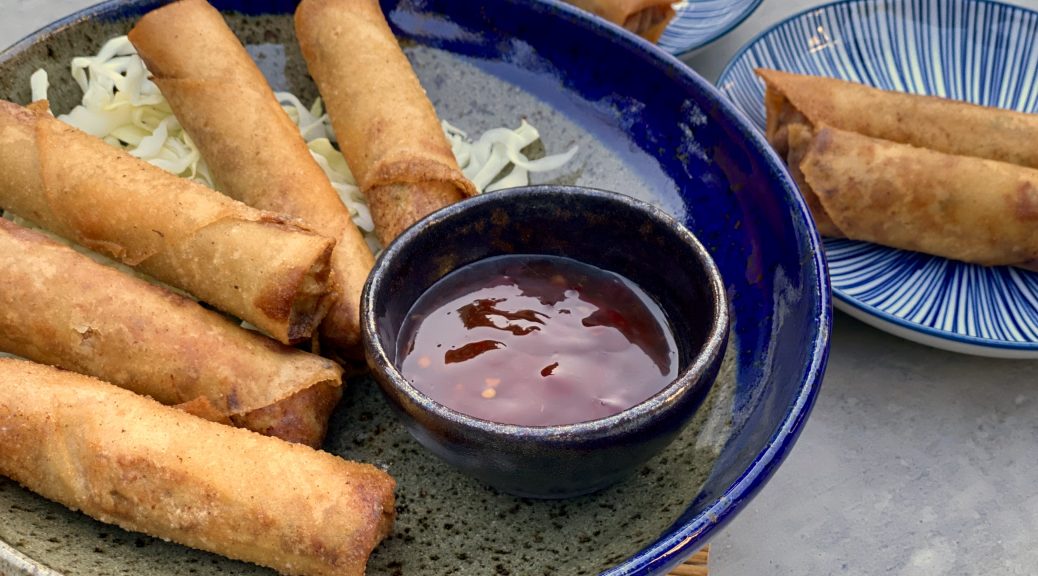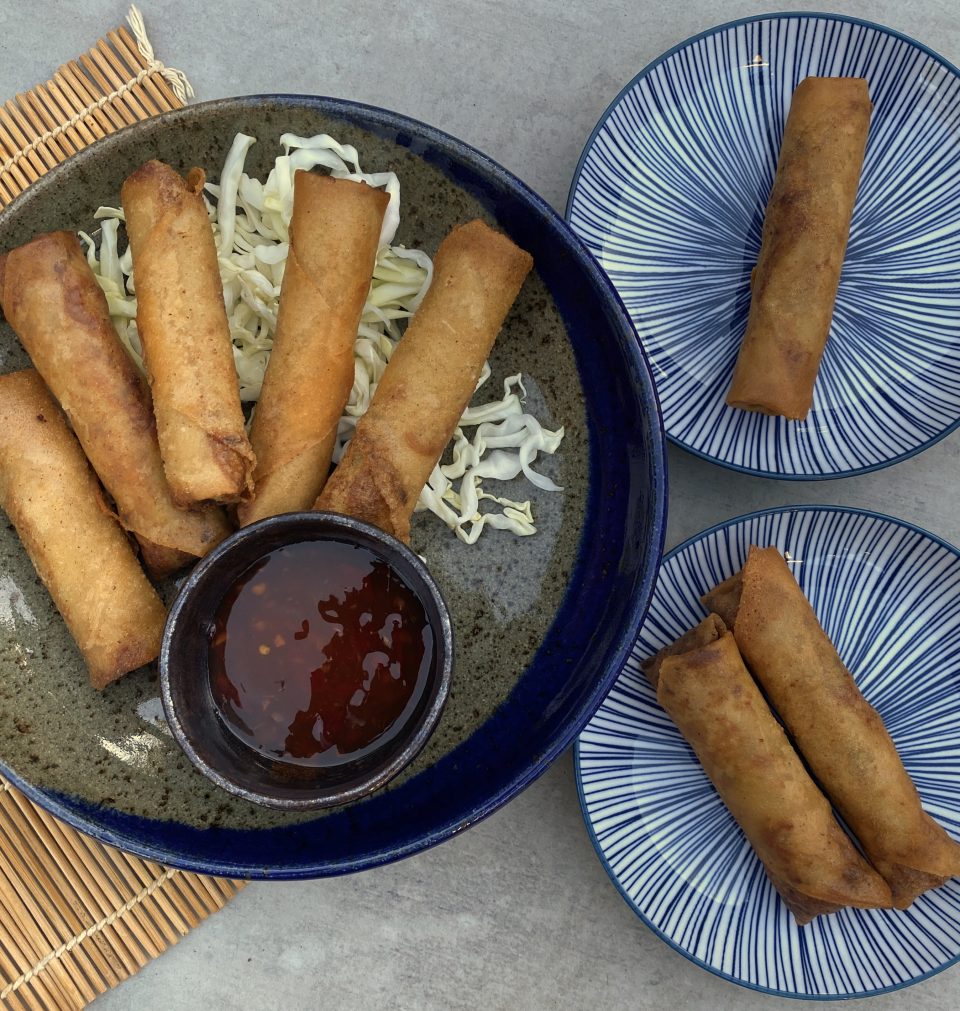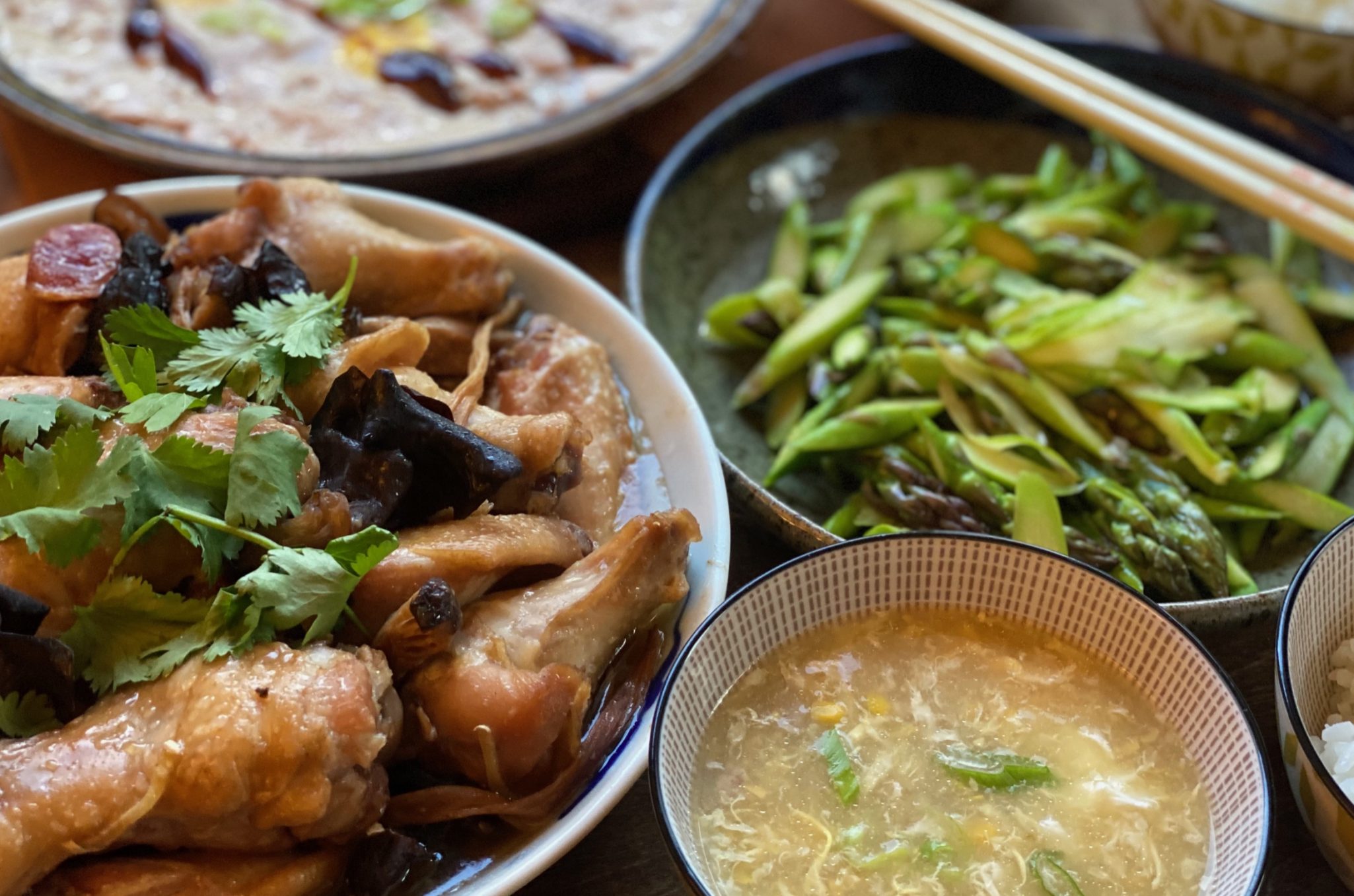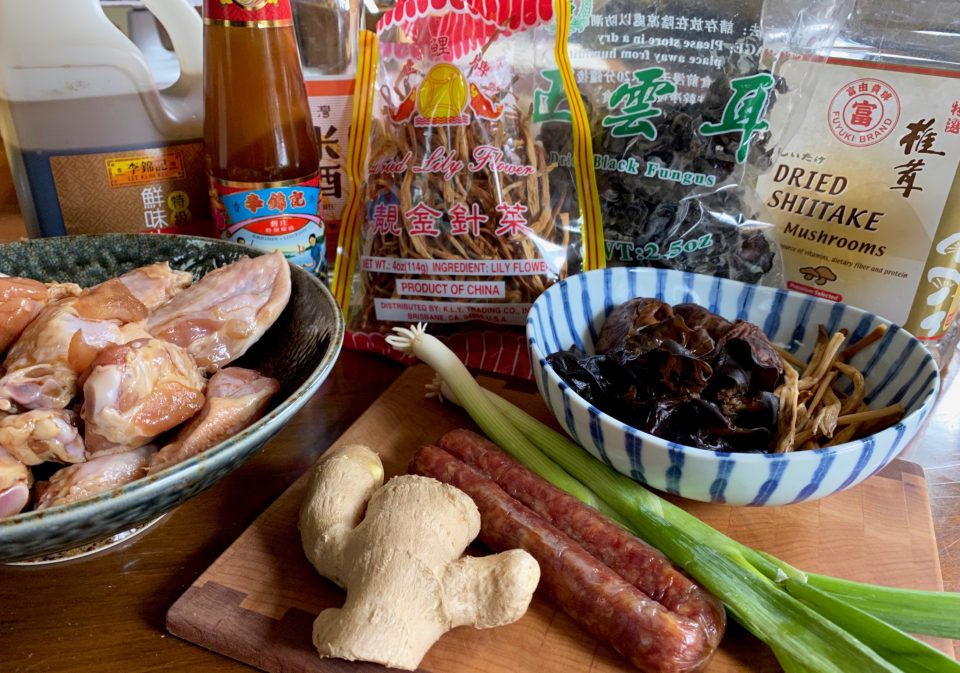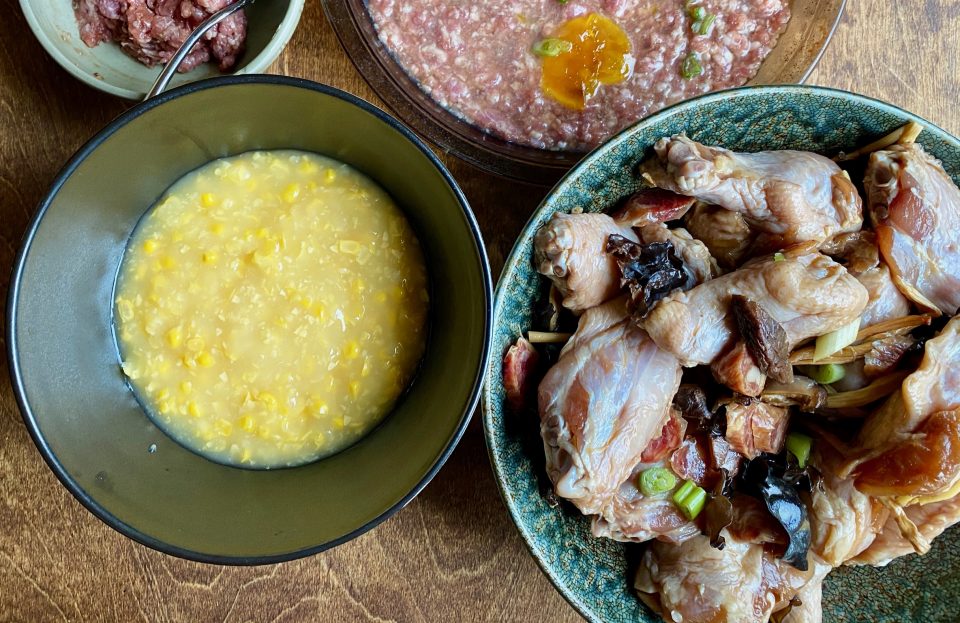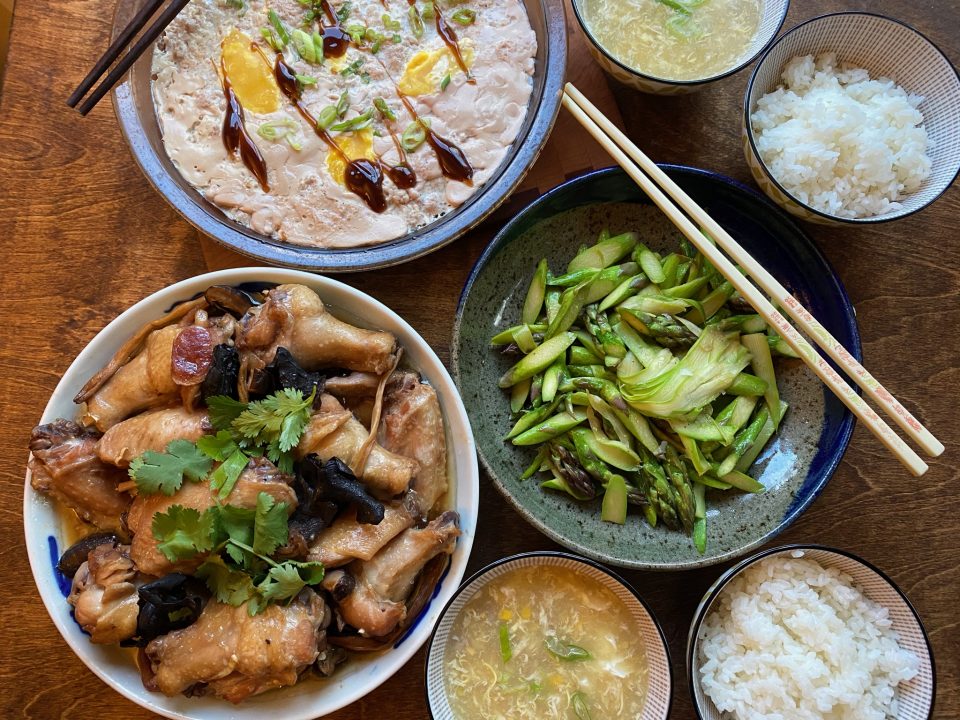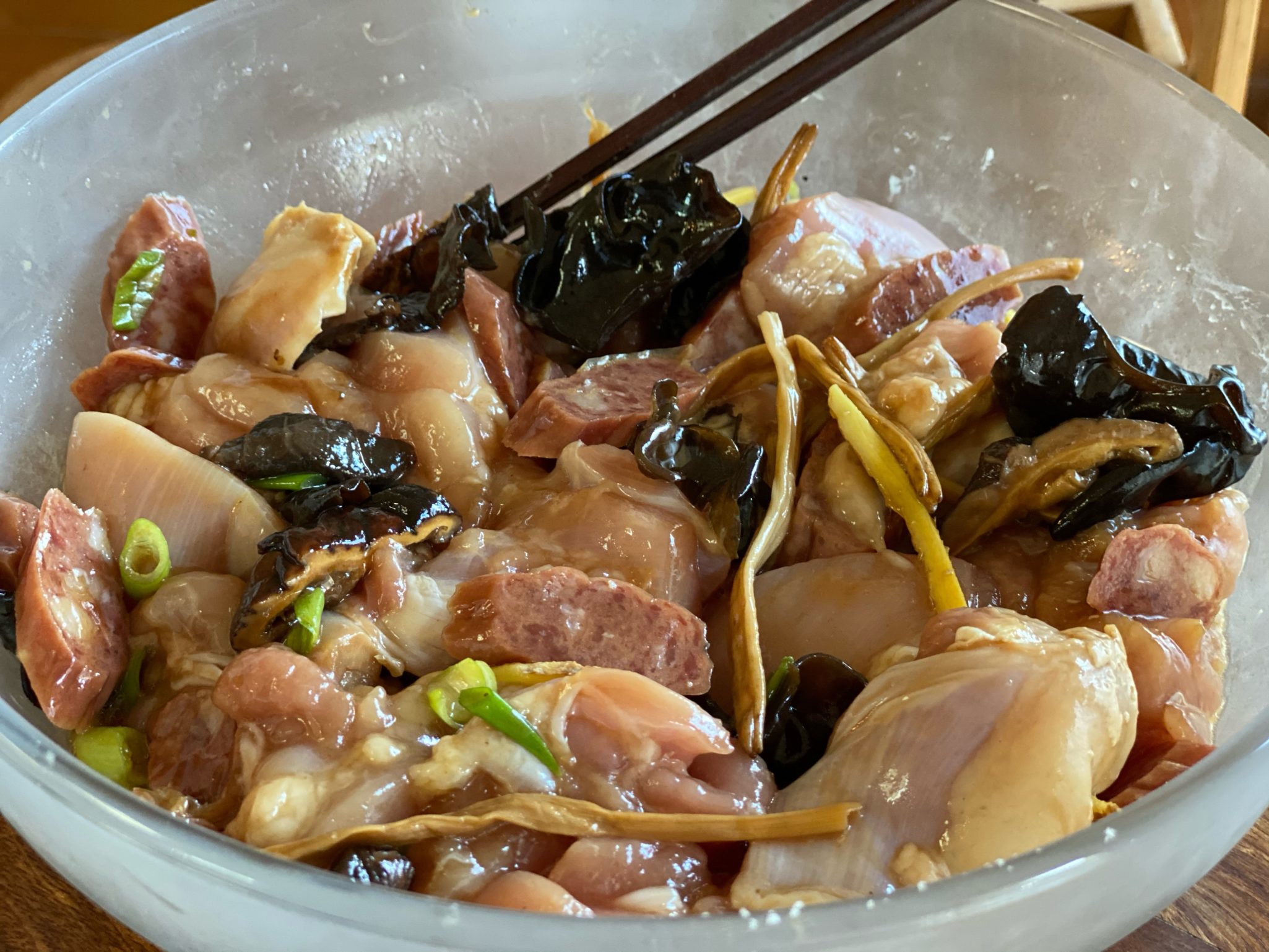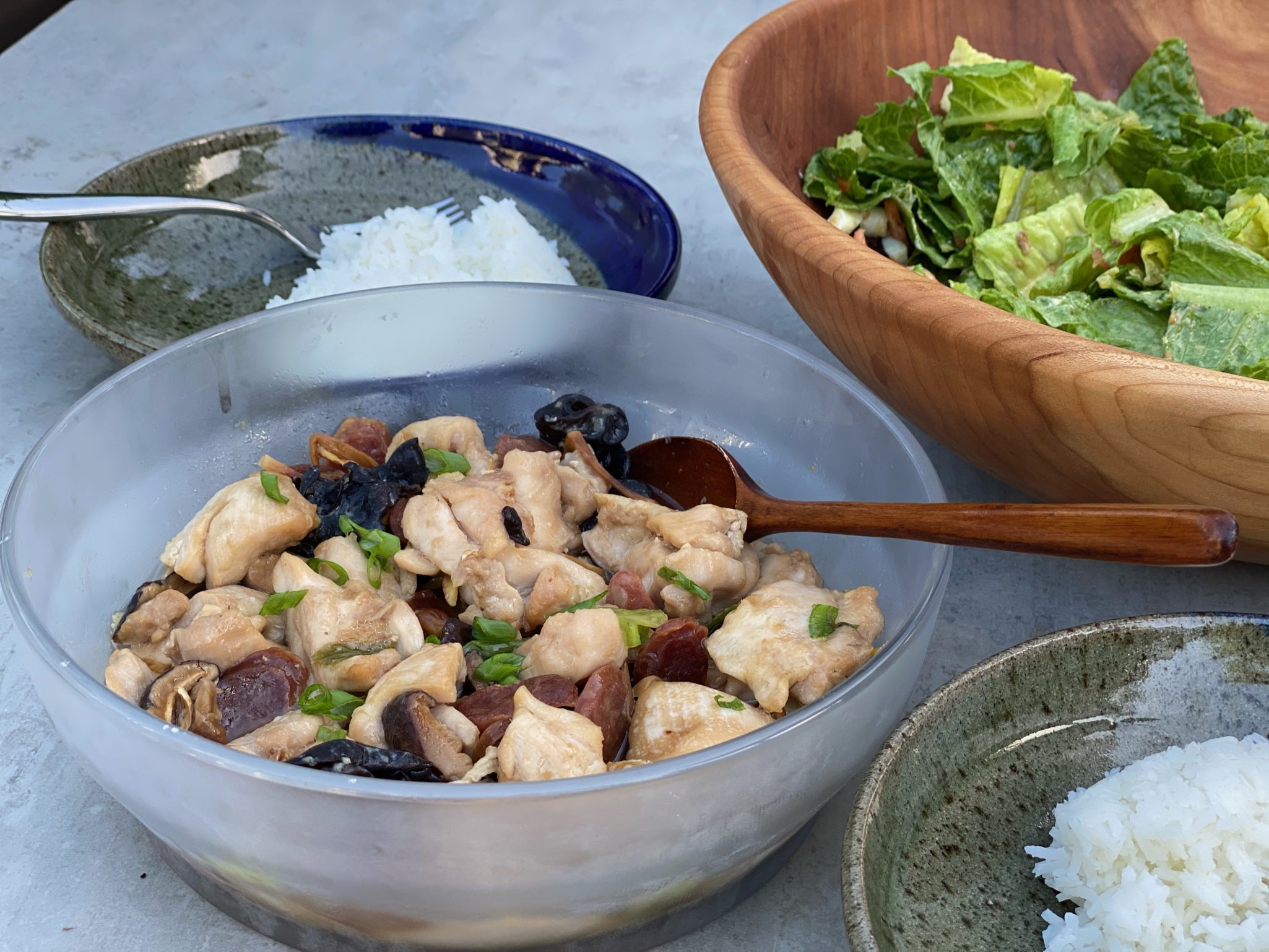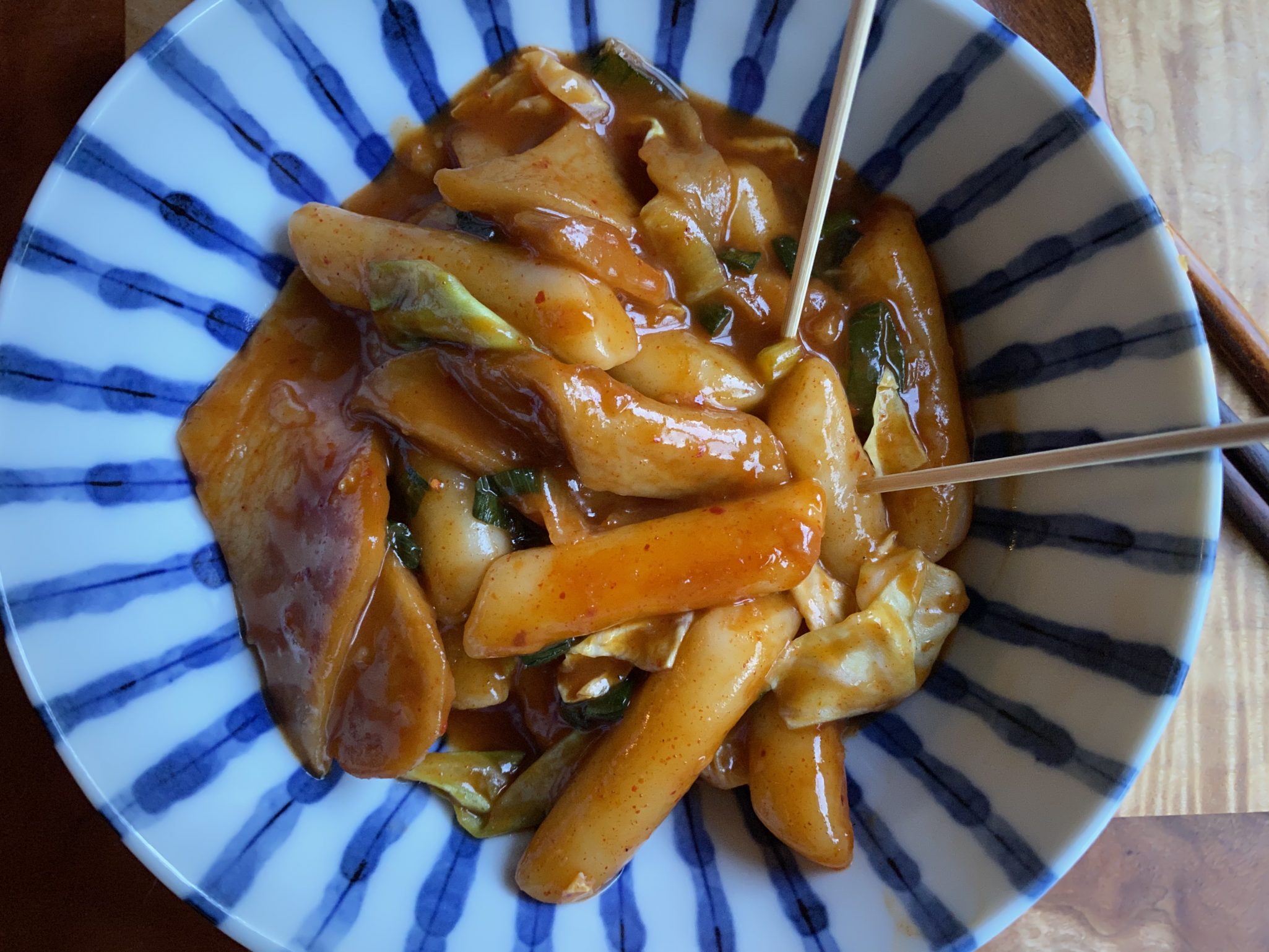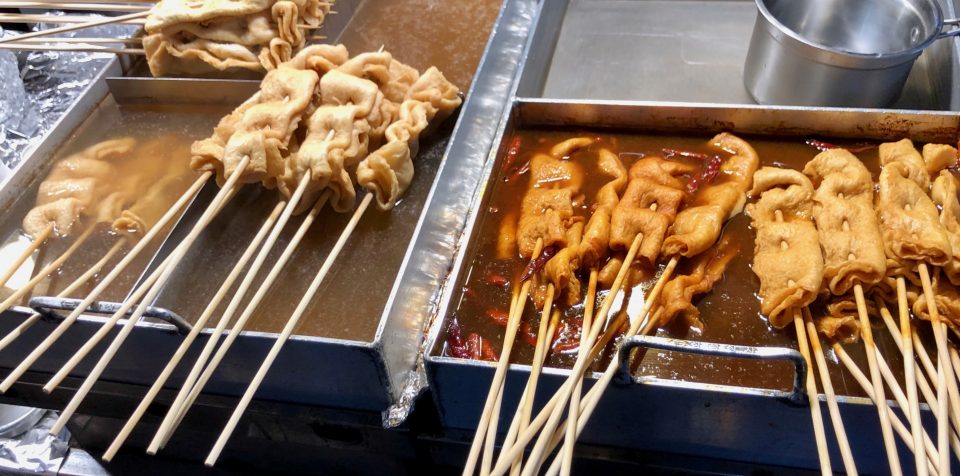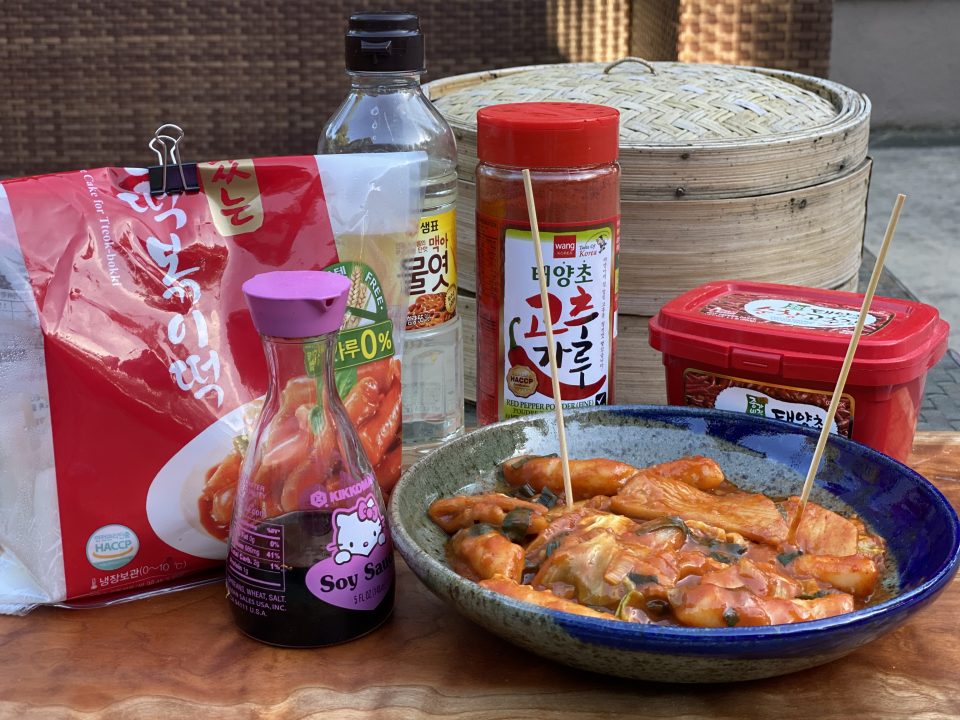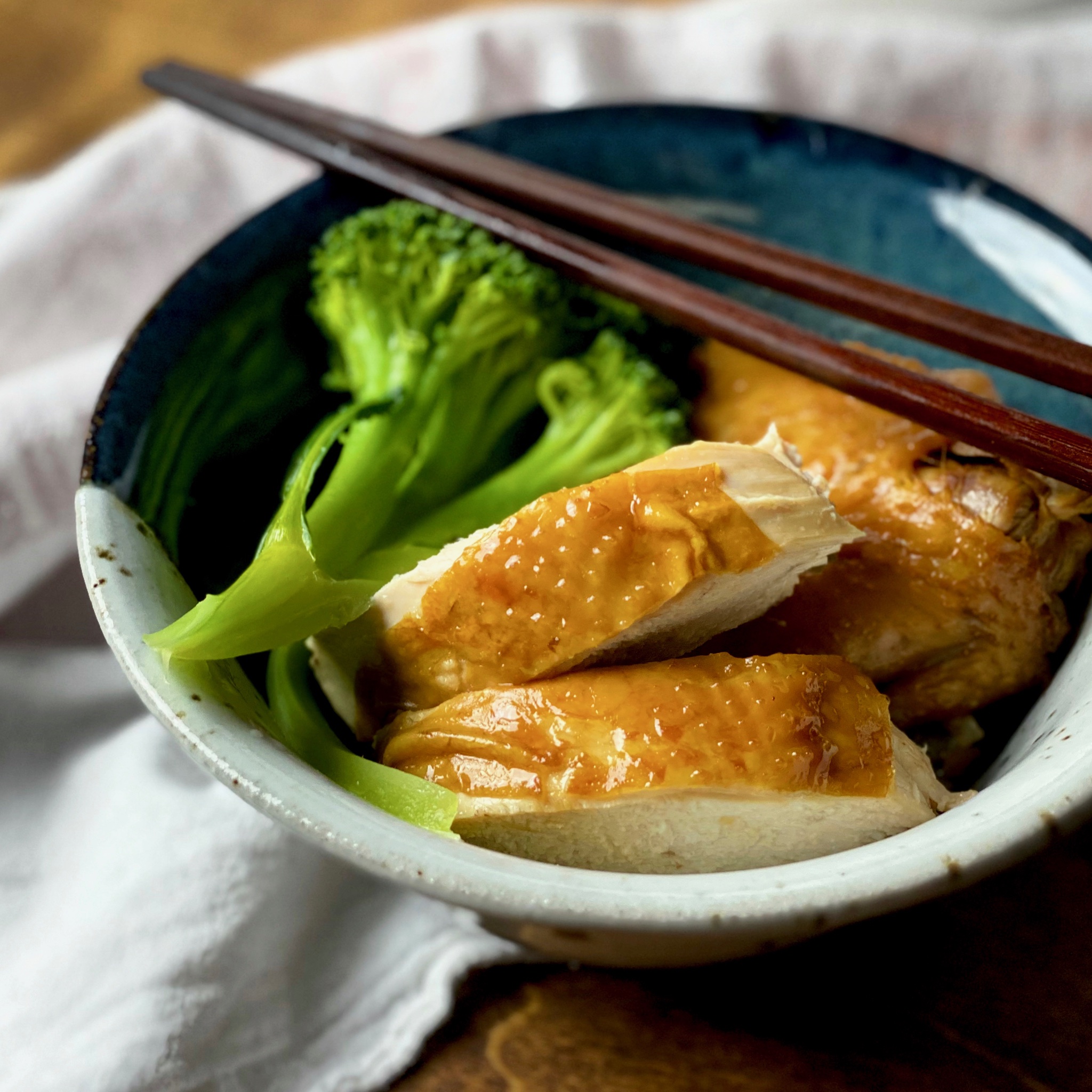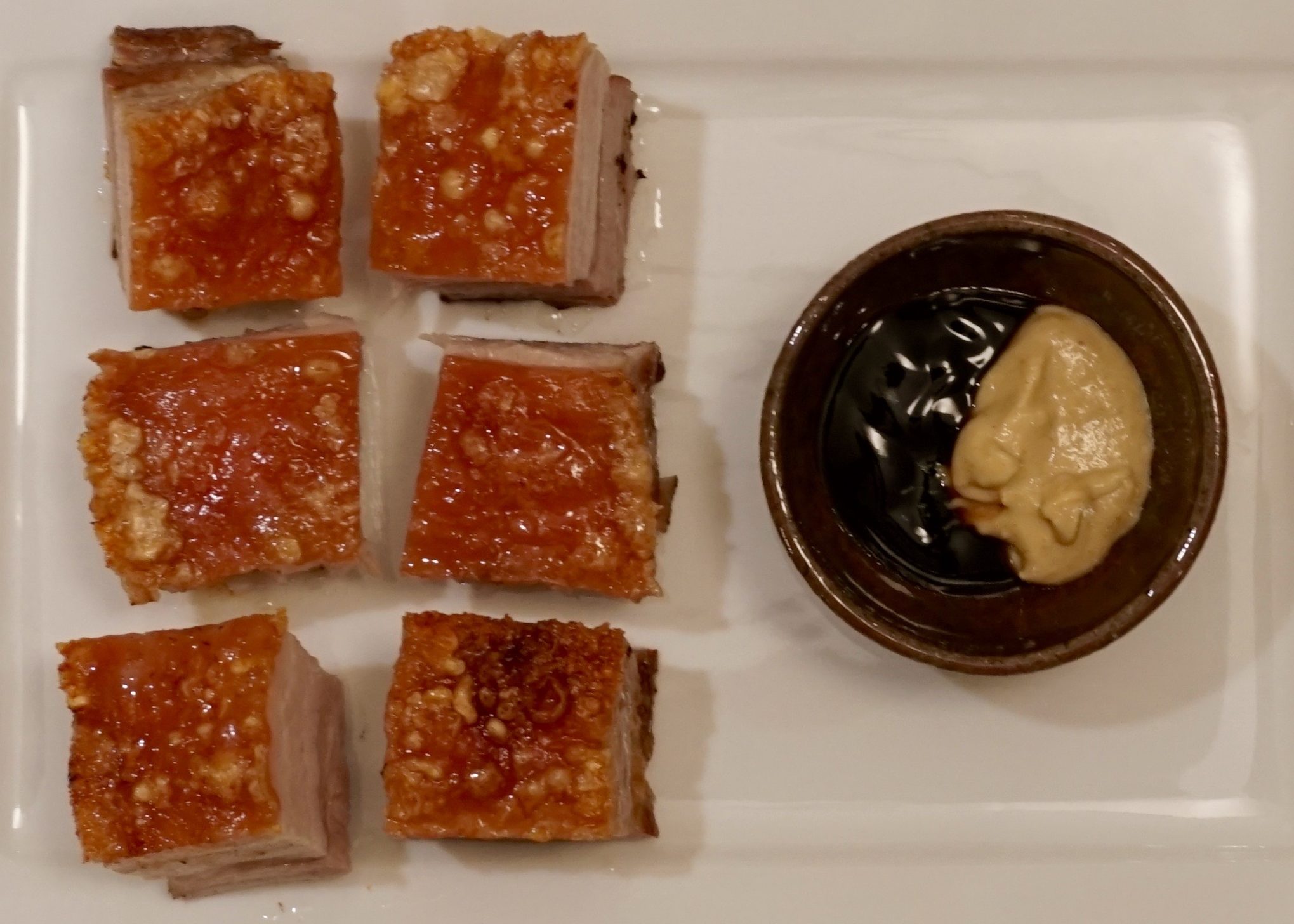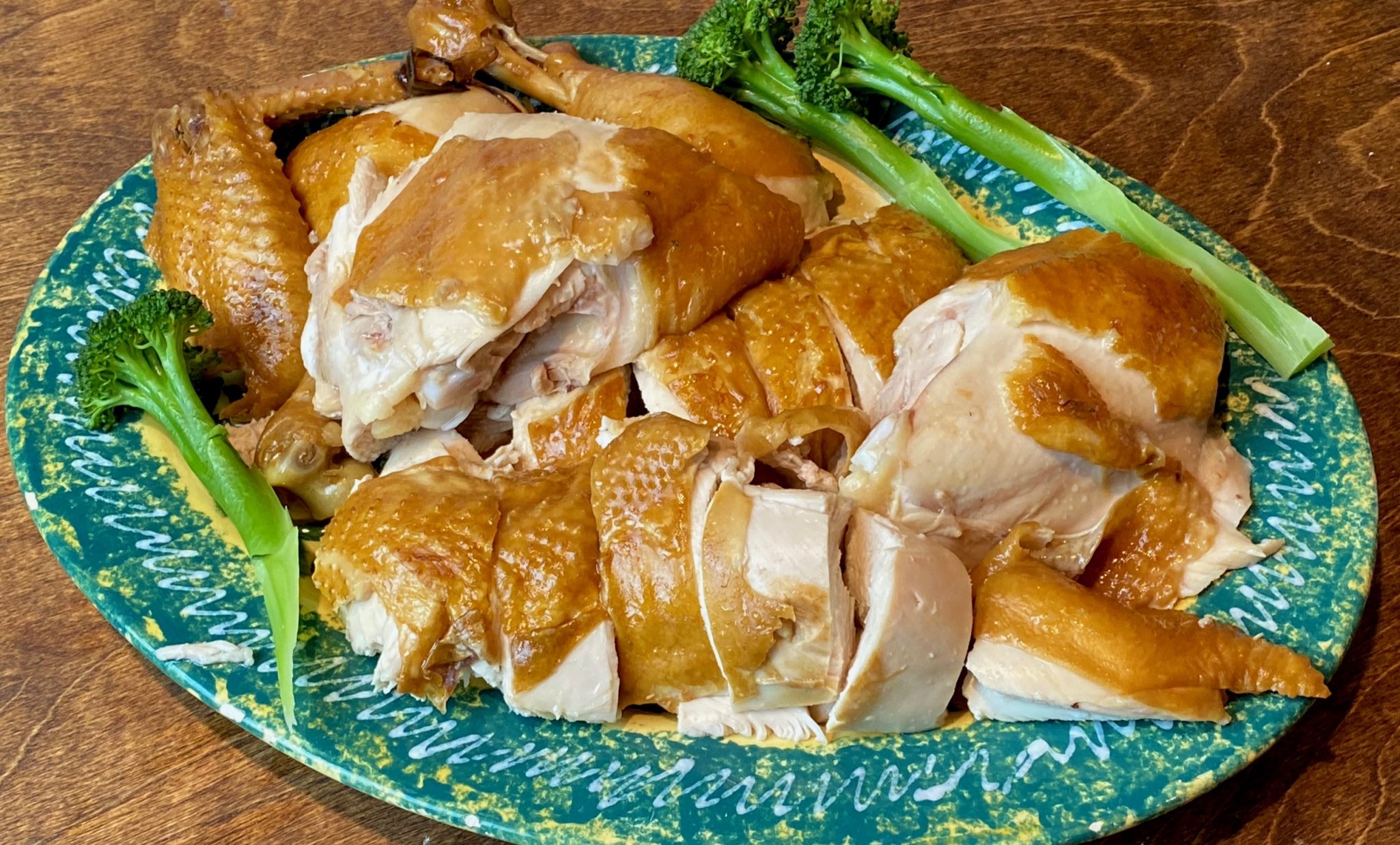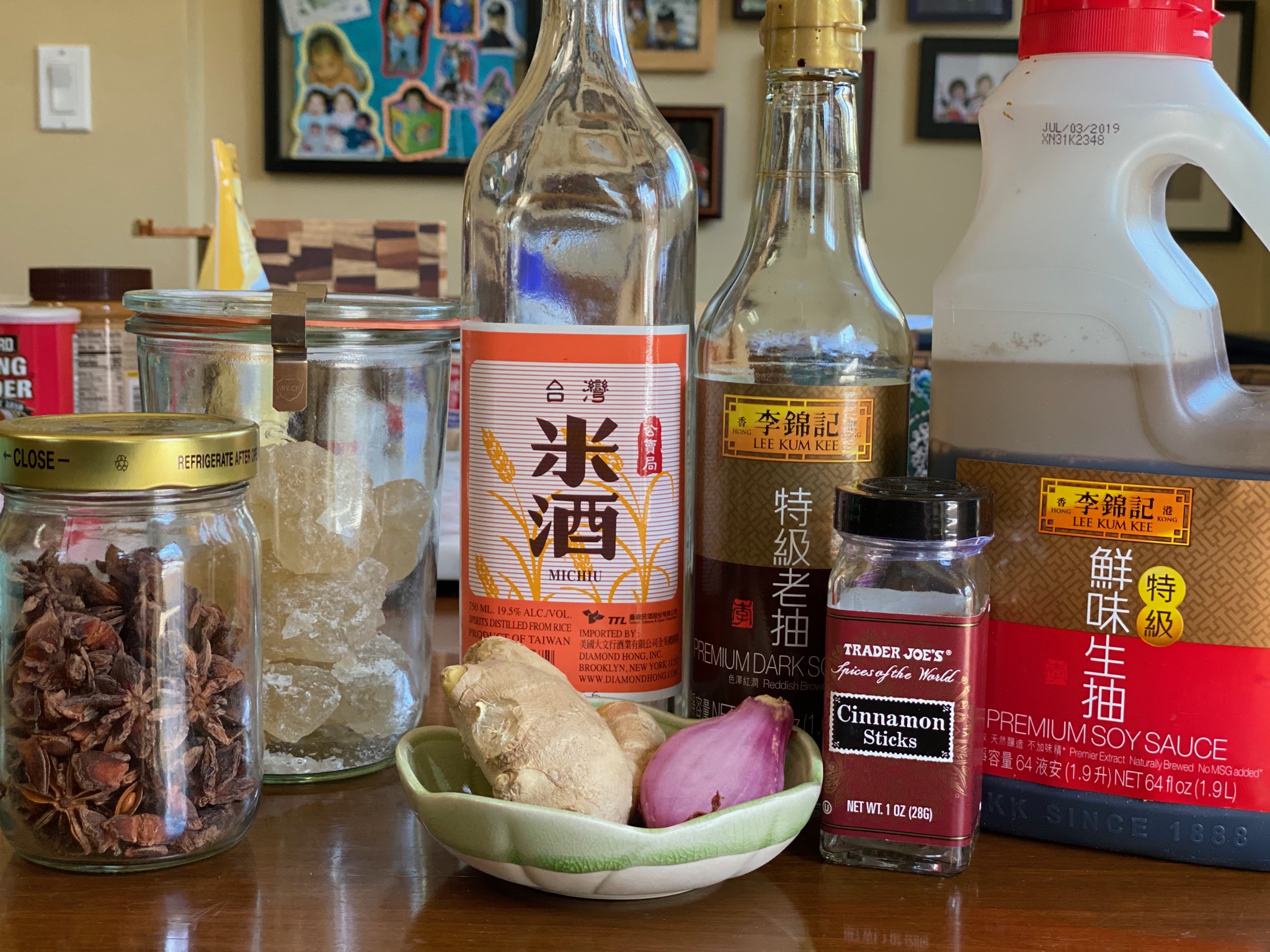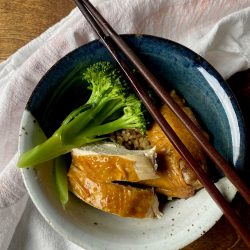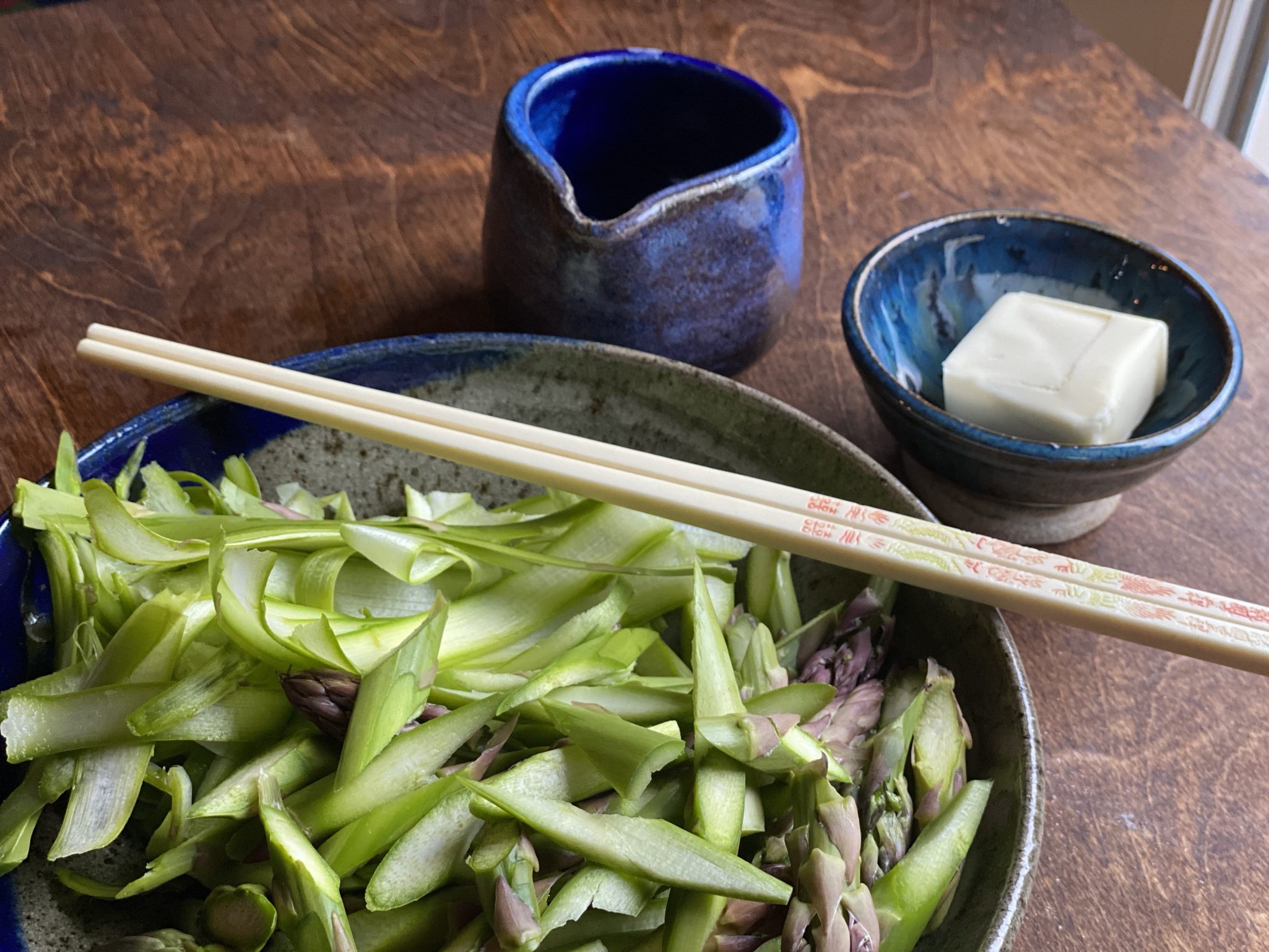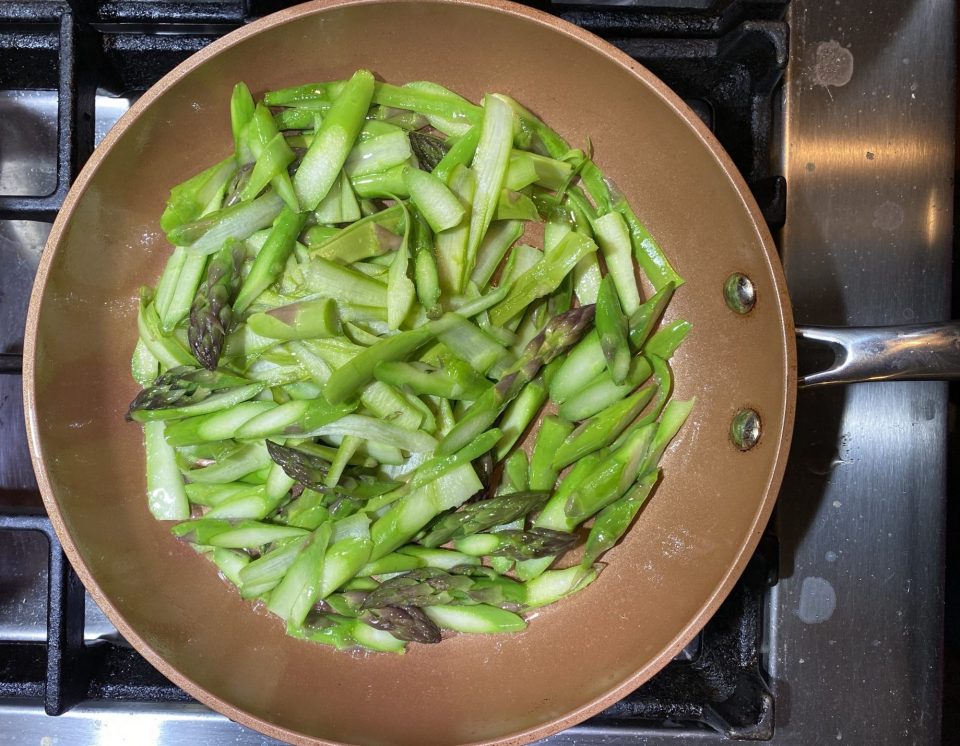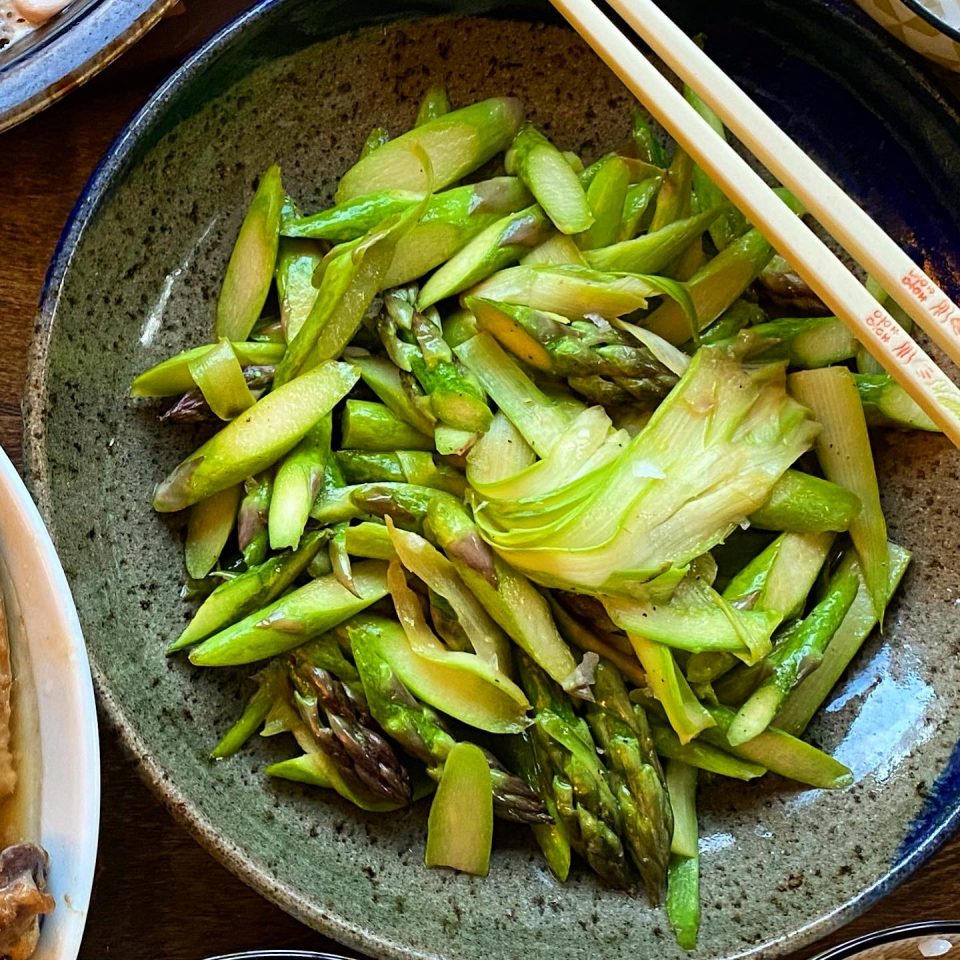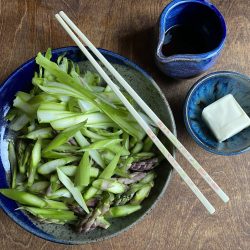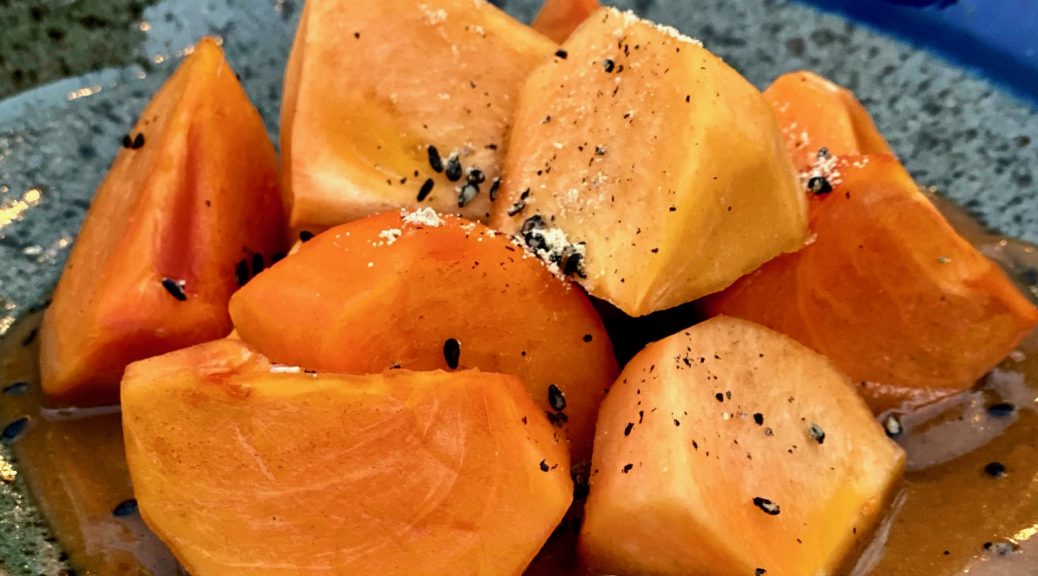
Orange You Gonna Try Persimmons? They’re Delicious
It’s persimmon season!
About this time every year, my friend & co-worker, Trang, comes to work with bags of homegrown persimmons. I am not ashamed to admit I am Johnny on the spot when she is doling them out. I adore persimmons. The thought has crossed my mind that I should plant my own persimmon tree but I think I will just depend on the generosity of friends that have persimmon trees. (HINT HINT)
How to enjoy persimmons. Eaten out of hand, diced and tossed in salads, and baked in bread, cookies, and puddings. How about stirred into a risotto for a sweet counterpunch to the cheese and rice? Or dried, a wonderful way to enjoy them throughout the year.
I have been especially waiting for this persimmon season. Way back at the beginning of this year from HELL, we celebrated our birthdays with dinner at State Bird Provisions in The City. (Dining in a restaurant-remember that?). State Bird adopted the Chinese tea house concept, little plates of deliciousness brought out on trays for you to pick and choose from, just like dim sum. Their signature fried quail, dumplings, risotto, house ribs…plate after plate of tasty tidbits that dazzled us.
The kicker for me was a beautiful dish consisting of bite-size pieces of crisp, sweet persimmons bathed in a dressing of sesame, Kinako powder, and ginger finished with a sprinkling of toasted black sesame seeds and flaky salt. Simple and absolutely delish, I made a mental note to try this at home. I found the recipe in my copy of the State Bird Provisions Cookbook. The dish is incredibly easy to make. I spent more time getting the ingredients than putting the dish together. The cookbook runs the gamut from this simple, elegant dish to complex dishes better left to enjoy at their restaurant. I think of it as a coffee table cookbook, beautiful photos, an interesting read.
A Persimmon Primer
There are two kinds of persimmons, Hachiya and Fuyu. They are NOT interchangeable. Hachiya is an oblong, acorn-shaped fruit and pretty astringent. They cannot be eaten until they are super soft and very ripe. If eaten before they are soft, they will make your mouth pucker. I use Hachiyas for baking (soft gushy fruit is not my thing). Fuyu’s are flat, round, more tomato shape. They are non-astringent and can be eaten while they are still firm. For this salad, select ripe, firm fruit.
The recipe calls for grapeseed oil but you could use canola oil instead. We bought Kinako Powder at H-Mart but it can be found in most Asian stores. Made of soybean, it has a nutty flavor, kind of like roasted peanuts. If you have munched on manju or mochi covered with a fine light brown powder that’s Kinako. Toasted sesame oil and black sesame seeds can also be found in Asian markets.
Persimmons with Kinako Dressing and Black Sesame Salt
Ingredients
- 6 ripe Fuyu persimmons peeled and cut into chunks
Dressing
- 1/2 cup kinako roasted soybean flour, plus more for sprinkling
- 1 teaspoon kosher salt
- 1/2 teaspoon ground ginger
- 1/4 cup plus 1 tablespoon grapeseed oil or substitute canola oil
- 1/4 cup plus 1 tablespoon toasted sesame oil found in most Asian stores
- 2 tablespoons unseasoned rice vinegar
- 2 tablespoons Black Sesame Salt
Black Sesame Salt
- Makes about 1/4 cup
- 1/4 cup pre-toasted black sesame seeds
- 1/4 teaspoon flaky sea salt
Instructions
Dressing
- Combine the kinako, kosher salt, and ground ginger in a medium bowl and stir well. Slowly pour in the oil, sesame oil, and vinegar, whisking constantly until the dressing is well combined. It helps to let it sit just a bit for the powder to absorb liquid.
- Pour the dressing in shallow serving bowls, arranging the persimmons on top, and sprinkle on the black sesame salt and a generous pinch of kinako. Serve immediately.
Black Sesame Salt
- Combine the sesame seeds and salt in a mortar and pound until the mixture resembles coarsely ground black pepper.
- Transfer to an airtight container and store in a cool, dry place for up to 2 weeks.

